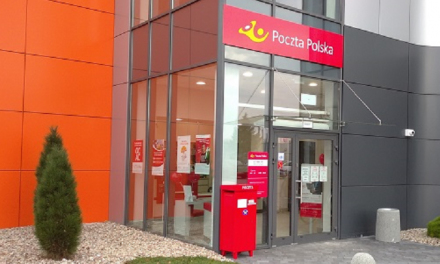
Being Innovative: A Question of Survival

This article is an extract from the Spring Edition of MER Magazine published in February 2019. You can read the full article as well as other articles from MER for free by visiting digital.mailandexpressreview.com.
Bernhard Bukovc from Postal Innovation Platform (PIP) and the startup platform for the postal and logistics sector, Postal.Rocks, considers what makes a successful startup and why big PR shows and good intentions don’t make for a lasting innovation strategy.
In today’s fast moving world, innovation is absolutely vital for companies to stay relevant. New technologies and startups can help solve existing operational problems or hold the key to increasing company growth and efficiency. Over the past few years innovation and startup programmes have become increasingly common in the postal and logistics industry.
Robust processes vs innovation shows
Successful startups are built on thorough and robust processes that combine sourcing and identifying ideas, problems and technologies with prioritising those ideas, categorising them, gathering relevant data, testing, and integrating them into the company. Another prerequisite for success is developing a team responsible for rolling out the solution internally.
Several postal and logistics companies have implemented highly successful startup programmes. Swiss Post for example started testing drones with Matternet, as did many others. However Swiss Post were following a clear plan. They have an internal pipeline which lays out when new products or solutions are tested, which steps the innovation and operational teams need to follow, with a clear timeline to take a decision on whether to enter the next phase. This all led to the implementation of drone services for laboratory samples. Since December 2018, Swiss Post has been transporting medical lab samples across the Zurich lake basin. Test flights in June last year demonstrated that the drones provide true added value. They are about five times faster than conventional road transport, save valuable time for patients and are also more ecological.
Another example of a successful startup is Unmanned Life, a company which has developed autonomous robotic sorting solutions. This is an asset light, more flexible and scalable sorting technology, making it in many cases more attractive than conveyor belt sorting. Swiss Post teamed up with Unmanned Life on a pilot, which was conducted last spring. After that, the pipeline process foresaw the evaluation of the pilot and if the criteria were met, the start of a second pilot. The decision was taken to realise a second pilot which will start soon in a Swiss Post distribution base.
As proven by these examples, innovation strategy is successful if it leads to the new technology being implemented, if it is able to change and optimise operations or leads to cost savings or revenue growth. This may seem the logical or even the most obvious way forward but not all companies that claim to be ‘innovative’ are following robust processes. Many large organisations have an innovation department, but are lacking the infrastructure to bring a new technology from the piloting or testing stage to implementation.
However what they do instead is to stage innovation activities to show that a company is innovative, even when they aren’t – this is what I call an innovation show.
In many sectors top management is under constant pressure. If you don’t show that your company is innovative – you aren’t seen as credible, you aren’t regarded as understanding the market, its customers or the current industry trends.
Drones are a good example of innovation shows. Many national posts have experimented with drones and have staged an event in which a drone has transported a parcel. But one drone test doesn’t have an impact on operations or delivery processes it is simply a show for the cameras. Often, the CEO appears, pictures are taken and the public gets the impression that the postal company has its fingers on the pulse of latest trends and technologies. However this is not really true if new technologies are not deployed and are never going beyond a test or pilot phase. Over the past few years, many drone or other new technology tests have merely been for show.
In order to show the outside world that their organisation is at the heart of innovation many companies hold idea competitions, innovation days or other internal innovation events or they appoint an innovation manager. These activities can produce pilots or prototypes, however this is rather a pointless activity if it is done half-heartedly, without the company committing to the idea completely. If there is no end-to-end pipeline in place then innovation or new technologies are hardly ever (or never) implemented.
This article is an extract from the Spring Edition of MER Magazine published in February 2019. You can read the full article as well as other articles from MER for free by visiting digital.mailandexpressreview.com.









